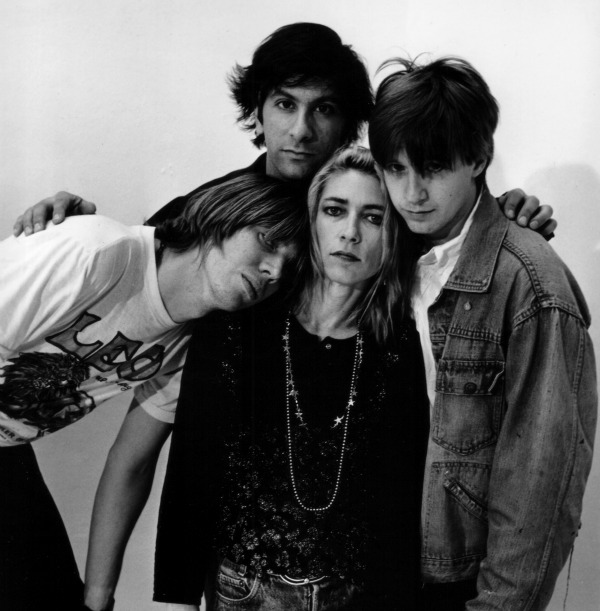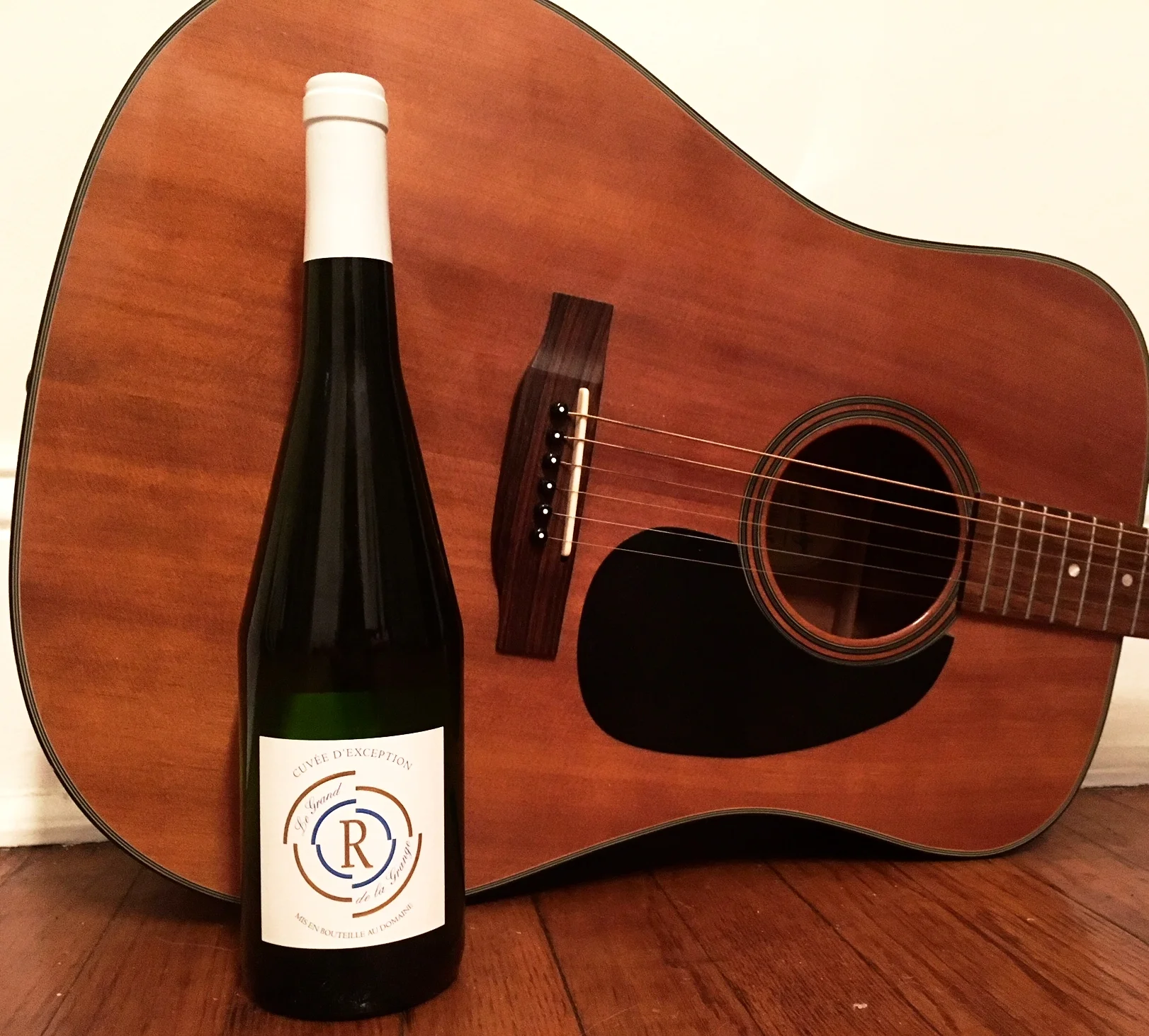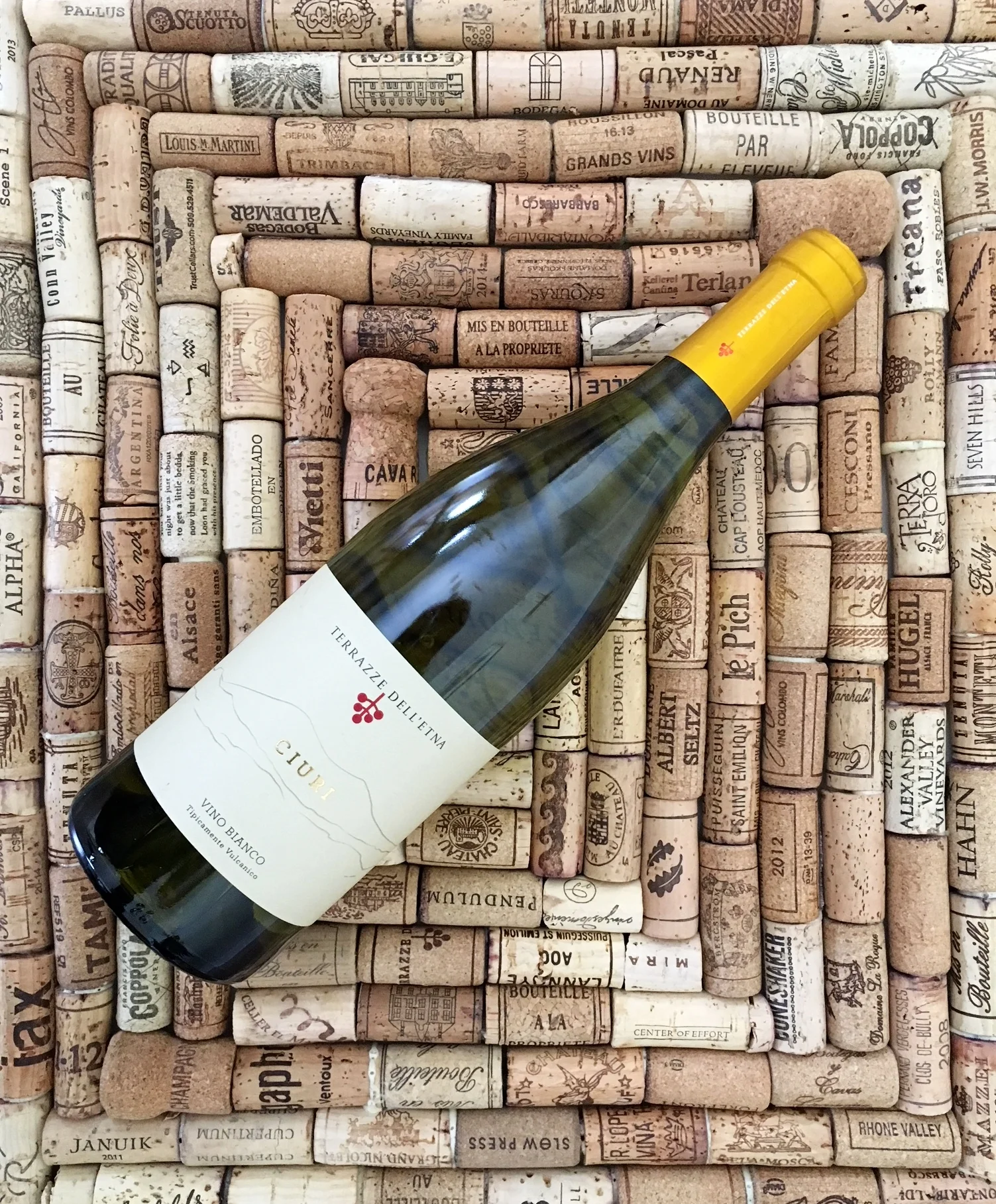Elisabetta Foradori "Lezer" Teroldego and Sonic Youth's Goo
Beautiful things come out of pushing boundaries and taking risks. For example, a female winemaker in Italy who changed the game for a once bastardized grape varietal when she took over a winery in the 80s. Also, a noisy, experimental band likely to wreck equipment on stage who maintained their unconventional identity their entire career, even after signing to a major, corporate label. Elisabetta Foradori’s “Lezer” Teroldego and Sonic Youth’s “Goo” were both made out of fearless artistic integrity and are simultaneously light on their feet and a joy to experience on their own, and especially together.
Elisabetta Foradori in her Teroldego vineyards. Photo by Alex Finberg, courtesy of louisdressner.com
Elisabetta Foradori is the matriarch of the winery bearing her name, taking over the property and winemaking in 1984. She inherited the vineyards already planted with cheap clones of Teroldego, an Italian grape varietal best suited to the Trentino Alto Adige region where Foradori is located. After WWII, subpar Teroldego vines were planted with the intention of making mass-produced wines. Rejecting this in favor of raising the standard, Elisabetta took things in her own hands and stripped six acres of newly planted Teroldego and replaced it with higher quality ones from a nearby vineyard. Ever since, she’s shown what this underdog grape can do by consistently producing beautiful wines.
“Goo” was made 10 years after Sonic Youth was established as a band and was their first album after signing with a major record label, Geffen Records. It’s also their biggest commercial success and arguably their most approachable, while never losing their definitive sound and style. There are still songs on the album like “Mildred Pierce” that sounds like a banshee screaming the five word lyrics and “Scooter And Jinx” comprised of over a minute of nothing but guitar feedback.
With “Lezer”, Elisabetta’s sons Emilio and Theo took the reigns, pushing their mother’s adventurous vision even further. They wanted to make an easy-drinking light red wine to enjoy in the spring and summer and also play with different fermenting and aging methods. The grapes used were all from the Foradori estate, but the wine is a blend from different vessels with some of the juice being fermented with different techniques. This blend includes juice aged in amphorae (an ancient clay pot), oak, steel and cement. Some of the juice was fermented with the grape skins to develop color and tannin and some from direct press.
“Dirty Boots”, the opening track on “Goo”, is pleasantly aligned with the first impression of the Lezer - it starts with Thurston Moore’s cool, sweet vocals, head-bopping percussion and poppy melody. The Lezer is light, transparent ruby in color. It bursts with bright red berry, hints of sweet baking spice, savory herb and some tree bark earthy scents. The palate is just as Emilio and Theo intended - it’s light, bright, soft, easy and fun. The acidity is tart but tamed. There’s a touch of salinity and it’s dry but delightfully fruity.
The next song, “Tunic (Song for Karen)”, written by the incomparable Kim Gordon is inspired by and dedicated to Karen Carpenter who Kim was infatuated with and who died of anorexia when she was 32. Carpenter suffered from insecurity, media criticism and a controlling brother who was also her musical partner. Sonic Youth makes music that’s fun to listen to while reflecting on serious issues or current culture and events, not unlike this perky wine that’s very deliberately made.
“Kool Thing” is maybe their most well-known song after “Teen Age Riot” and it’s shown up on several of my dance party playlists. It’s snarky, feminist and clever, like Kim herself. It’s a playful way to unpack some unpleasant experiences - like Kim’s disappointing interview with LL Cool J and being a woman in a patriarchal society. Chuck D of Public Enemy participates in a lighthearted call and response where Kim asks if he’s going to “liberate us girls from male, white, corporate oppression” and if there’s “Fear of a female planet?” which is also a reference to Public Enemy’s “Fear of a Black Planet” record, released the same year as “Goo.” Unfortunately, it would appear there is a fear of both, both then and somehow even more now, almost 30 years later.
Kim and Thurston are big fans of the artist Raymond Pettibon, whose drawing they chose for the album cover art and whose characters Goo, Scooter and Jinx from his film "Sir Drone" are all referenced on the record as well. Kim wrote “My Friend Goo” and it’s a super fun rock song that sounds appropriately very 90s. They’re ironically making fun of a too-cool grunge kid called Goo, which shows they don’t take themselves too seriously since that culture made up a big part of their fanbase. With a similar attitude, the Lezer winemakers intended it to be a bottle of red you can throw on ice and take to the beach.
“Disappearer” is such a good, sexy rock song that sounds quite polished, which could honestly be said for the whole record, no doubt thanks to big shot producer Ron Saint-Germain. All of these songs are meant to be played loud and entice me to see them performed live. I will never forget seeing them play in New Orleans when Thurston jumped into the crowd, caused a ruckus and essentially got thrown out of his own show. The rest of the band patiently jammed out until he came barreling through again back on stage.
The fuzzy, coaxing closing track “Titanium Expose” lets you get lost in it. It’s the perfect representation of the feeling of kicking back with this record and this wine. The two are products of badass women along with their male cohorts, and of experimental methods coming together with great success.










